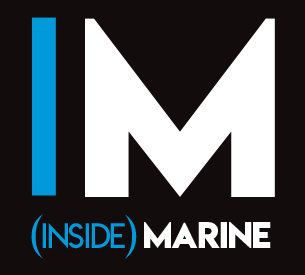Rhenus launched the “FernBin” research project in conjunction with several other project partners, including Argonics, the DST (the Development Centre for Ship Technology and Transport Systems), the University of Duisburg-Essen and RWTH Aachen University, in 2020. The goal was to create extensive inland waterway shipping operations using remote controls. The project group selected the ‘Ernst Kramer’ inland waterway vessel, which was almost 50 years old, as its test object. Rhenus has now presented the remote-controlled vessel to a wide circle of people at the German National Maritime Conference for the first time.
The ‘Ernst Kramer’ inland waterway vessel is 104.97 metres long, 9.50 metres wide, has a maximum draught of 3.15 metres and is designed to carry cargo weighing 2,273,645 tonnes. Those responsible for the project converted some of the analogue processes on board to be able to control the main engine, the rudder, the bow thruster, the radio and radar equipment using radio waves from a distance. Following some initial test operations in July this year, Rhenus has now presented the unusual project at the 13th National Maritime Conference, the leading event organised by the German government to strengthen the maritime economy.
“It must be possible to control all the necessary functions for the journey from a distance. So far, this has included the rpm of the main engine, the transmission system, including the clutch, the rudder position as well as the transmission and configuration of the radar image and the radar pilot,” Lars Reckers, the Technical Inspector at Rhenus Shipping Management said, explaining the process. The test journeys enable those involved in the project to recognise which transmitted functions need to be refined or broadened, depending on the scenario. “To achieve this, we also have to see which regions where remote control is possible during the journey and where the reception for mobile communications creates problems,” Mr Reckers added. “Authorisation for extensive test operations from the public authorities has therefore been an important step within the project.”
The prototype of the remote-controlled inland waterway vessel is not only a technical achievement, but also offers significant benefits for the future of the profession.
“A shortage of specialist workers is affecting the inland waterway shipping sector too,” Mr Reckers said. “Thanks to remote controls, it’s conceivable that some skippers could work from home and therefore make the profession even more family friendly.
“Using remote controls could also create longer operating times for the vessels: while the crew are taking their rest periods, the vessel could continue to be steered from the remote-control centre.”
The “FernBin” research project will continue until the end of this year – and those involved are seeking an extension for a further three months.


